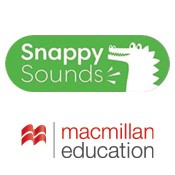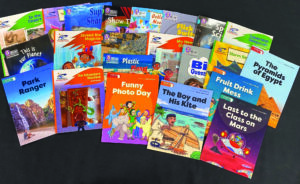While both physical books and digital resources have their merits, physical books offer several advantages for early literacy development:
- Tactile Experience: Physical books allow children to physically interact with the pages, turning them, feeling the textures, and even smelling the paper. This multisensory experience can engage young children and create a deeper connection to the reading process.
- Focus and Comprehension: Physical books provide a focused reading experience without the distractions often associated with digital devices. This allows children to concentrate on the text and illustrations, promoting better reading comprehension and understanding.
- Language Development: Reading physical books aloud to young children encourages language development. Children can see the printed words on the page, associate them with spoken language, and develop early literacy skills, including letter recognition, phonemic awareness, and vocabulary acquisition.
- Parental Involvement: Sharing physical books with children promotes bonding and interactive experiences between parents or caregivers and children. Reading together and engaging in discussions about the story or illustrations helps develop language skills, cognitive abilities, and a love for reading.
- Visual and Spatial Skills: Physical books often contain illustrations that support the story. Children can explore the images, observe details, and develop visual and spatial skills as they navigate through the pages.
- Reduced Screen Time: In an increasingly digital world, physical books offer a valuable break from screens. Limiting screen time for young children and providing alternative activities like reading physical books can contribute to their overall well-being and development.
It’s important to note that while physical books have these advantages, digital resources can still be used effectively alongside physical books, striking a balance that combines the benefits of both mediums. The key is to create a diverse and engaging reading environment that promotes early literacy skills and a lifelong love for reading.
Have a look at some great resources here



